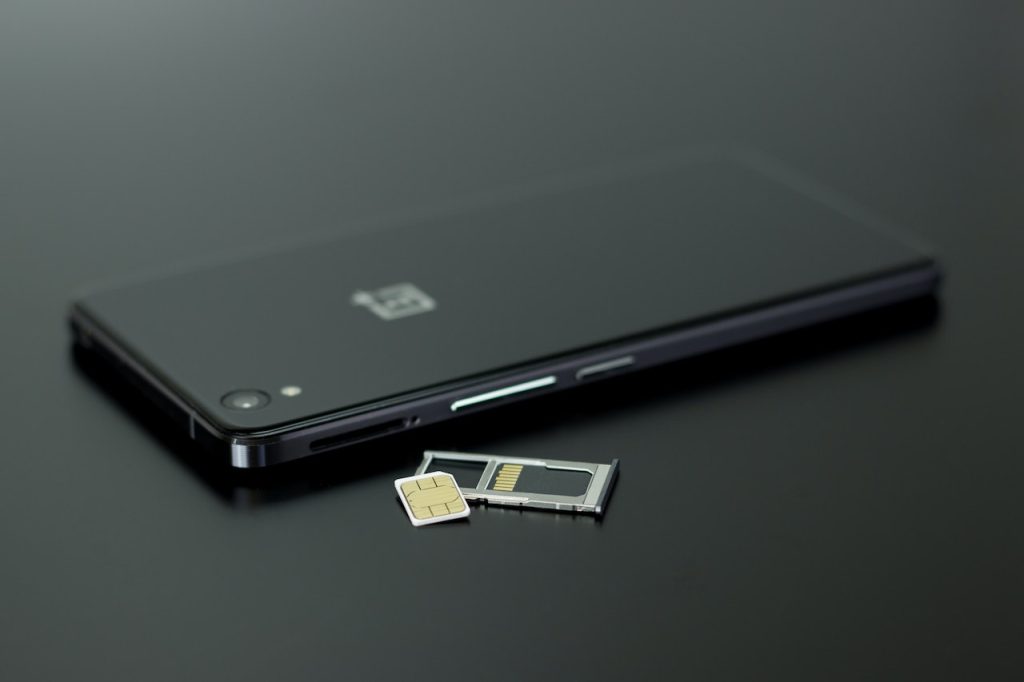Before buying a SIM card you must know the difference between a SIM card and an eSIM card. Here’s a quick overview of the two types of cards, their benefits associated with each.
What Is a SIM Card?
A SIM card, also known as a subscriber identity module, is a tiny chip that must be put into a mobile device for it to connect to a mobile network. The name of the network provider, the device’s phone number, and the device’s account details are all included in this data.
To connect to mobile networks, make and receive calls, send and receive text messages, and access the internet, cell phones, tablets. Any other mobile devices utilise SIM cards.
What Is an E-SIM Card?
A type of SIM card that is permanently integrated into a device is known as a “eSIM” (short for embedded SIM). A device can connect to a mobile network using it without a physical SIM card because it is a digital SIM card.
A gadget can be activated on a mobile network in place of inserting a SIM card. through “provisioning,” a process that involves uploading the appropriate data onto the eSIM.
Smartphones and other mobile devices are increasingly using eSIMs. They enable consumers to change mobile operators or plans without physically changing SIM cards.
Additionally, because users can download the required data onto the eSIM. They make it simpler to utilise a device across several networks. Afterward, you’ll need to carry about many SIM cards.
Distinction Between SIM And ESIM Card
ESIMs are more convenient and flexible, as they can be activated and deactivated remotely and do not need to be physically replaced. However, not all devices are compatible with eSIMs, and some carriers may not support them.
Here are some major differences between SIM card and eSIM card:
- Physical vs. digital: SIM cards are physical cards inserted into a device, while eSIMs are digital and cannot be removed from the device.
- Switching carriers: With a SIM card, you can simply remove the SIM card from your device and insert a new one. With an eSIM, you must go through the process of provisioning a new carrier, which can be more complicated.
- Multiple networks: With a SIM card, you can use multiple SIM cards to switch between different networks. With an eSIM, you can download the necessary information for multiple networks onto the eSIM. But you can only be connected to one network at a time.

- Compatibility: Not all devices are compatible with eSIMs. Some devices, such as iPhones and many Android smartphones, are eSIM-compatible, while others are not.
- Size: SIM cards are significantly smaller than eSIMs, as they do not require any physical hardware. This can be beneficial in devices with limited space, such as smartwatches.
However, not all devices support eSIMs, and not all mobile operators offer eSIM profiles. Additionally, you may not be able to use an eSIM if you need to use your device with multiple mobile networks (e.g., if you frequently travel to different countries). In these cases, a traditional SIM card may be a better option.
Conclusion
When it comes to security, there is no doubt that eSIM cards are better than SIM cards. Yet, if you want something simple yet efficient simultaneously, go for SIM cards. You will be able to make calls and send texts without worrying about data theft at the end of your month’s budget.
ESIM cards are the new-age technology that can be used not just for making calls but also for data. Besides, it is easy to use and can be activated online as well. As far as security concerns are concerned. eSIMs have higher standards than SIM cards because they come with a PIN code and password. In addition to a unique identity number.
The only disadvantage of eSIMs is that you need access to internet connection in order to activate them. However, this has become less of an issue recently due to the increasing availability of fibre networks in many cities.

